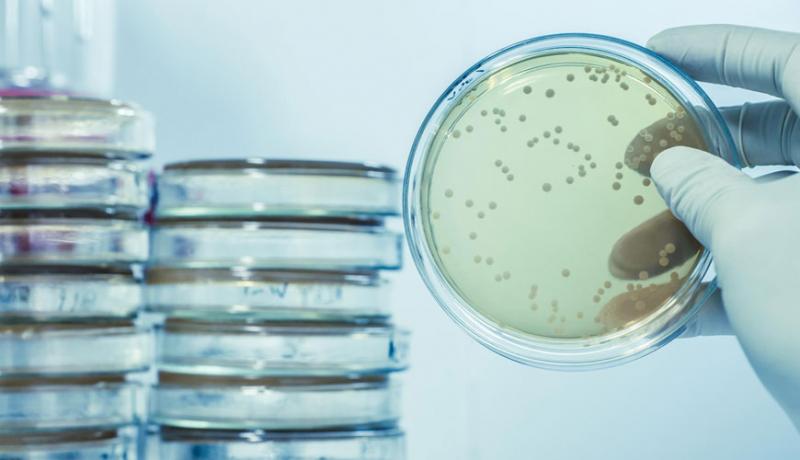Antimicrobial coatings have the potential to revolutionize the creation of germ-free environments, paving the way for cleaner, safer, and healthier spaces. These coatings, which inhibit the growth and spread of microorganisms on surfaces, offer a proactive solution in maintaining hygienic environments and preventing the transmission of infections.
One of the key advantages of antimicrobial coatings in creating germ-free environments is their ability to provide continuous protection. Unlike traditional disinfectants that provide temporary disinfection, antimicrobial coatings offer sustained antimicrobial activity. Once applied to surfaces, these coatings create a protective barrier that actively inhibits the growth of bacteria, viruses, and fungi. This helps maintain cleaner surfaces for extended periods, reducing the risk of surface-mediated infections.
The versatility of antimicrobial coatings allows for their application in various settings to create germ-free environments. In healthcare facilities, these coatings can be applied to high-touch surfaces, medical equipment, and patient rooms to minimize the risk of healthcare-associated infections. Additionally, antimicrobial coatings find applications in public spaces, schools, transportation, and hospitality sectors to reduce the transmission of pathogens and promote public health.
The Global Antimicrobial Coatings Market size was valued at US$ 50.6 Billion in 2022 and is anticipated to witness a compound annual growth rate (CAGR) of 5.9% from 2023 to 2030.
Antimicrobial coatings offer the advantage of inhibiting the formation of biofilms. Biofilms are communities of microorganisms that can form on surfaces, making them resistant to traditional disinfection methods. By preventing the attachment and growth of bacteria within biofilms, antimicrobial coatings help maintain surfaces free from hidden microbial reservoirs, ensuring a truly germ-free environment.
The future of germ-free environments may also involve the integration of smart technologies with antimicrobial coatings. For instance, self-cleaning surfaces that incorporate antimicrobial properties and have the ability to self-regenerate could become a reality. These surfaces would continuously eliminate microbial contaminants, minimizing the need for manual cleaning and disinfection and further reducing the risk of infections.
Additionally, advancements in nanotechnology may contribute to the development of more sophisticated antimicrobial coatings. Nanoparticles with enhanced antimicrobial properties, such as graphene or silver nanoclusters, could provide superior protection against microorganisms. These innovations could open up new possibilities for creating highly effective and long-lasting germ-free environments.
Antibacterial Protection hold tremendous potential in creating germ-free environments. With their continuous antimicrobial protection and ability to inhibit biofilm formation, these coatings contribute to maintaining cleaner, safer, and healthier spaces. Through ongoing research and development, the integration of smart technologies and advancements in nanotechnology, antimicrobial coatings are poised to shape the future of germ-free environments, improving public health and well-being.
